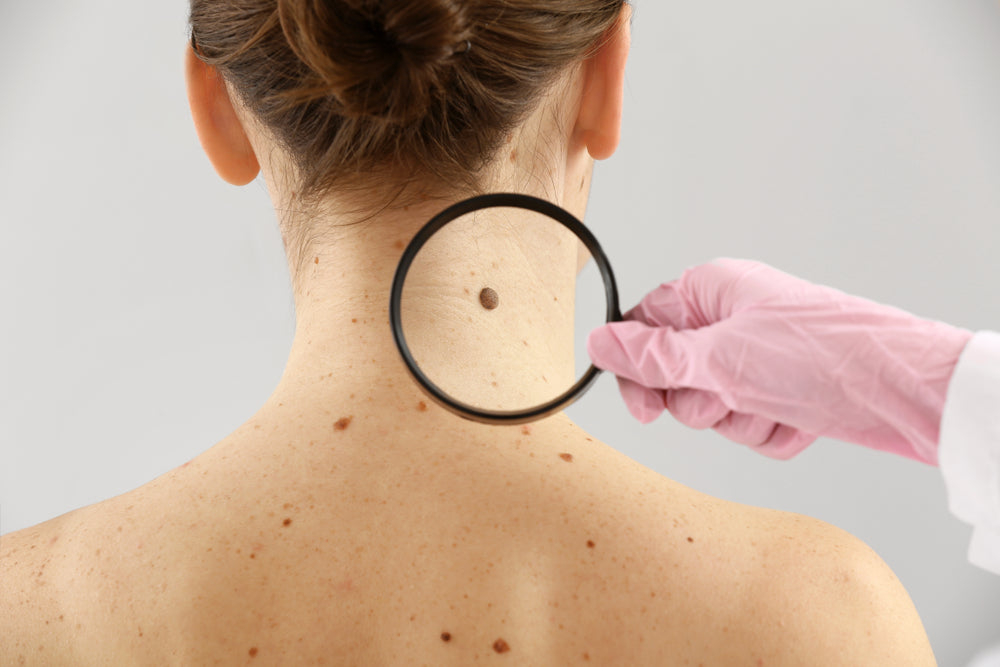
What Does Skin Cancer Look Like?
Five good skin habits to help protect against it
Following the Duchess of York’s diagnosis last month with melanoma, the aggressive form of skin cancer, here are the most common skin cancer questions answered and lifestyle changes you can adopt to help protect yourself from developing it.
What is skin cancer?
There are two types of skin cancer – non melanoma and melanoma.
Non melanoma skin cancers are considered less aggressive and more treatable if caught early because it spreads less quickly. The cure rate for non-melanoma skin cancers are very high. Non-Melanoma skin cancers includes basal cell skin cancer, squamous cell skin cancer and other more rare types. Symptoms of skin cancer can include: a sore that doesn’t heal, an area of skin that looks unusual, red, itchy, bleeds or scabs for more than 4 weeks.
Melanoma is an aggressive and deadly form of skin cancer that occurs in cells in the skin called melanocytes. The main symptoms are typically a change to a mole, freckle, or patch of skin. The NHS recommends anyone with changes in the appearance of a mole, or a new mole, contact their GP. Melanomas can appear anywhere on the body but are more common in areas that are often exposed to ultraviolet light from the sun or sunbeds.
If it is caught and treated early when the cancer is only in the skin and has not spread, almost everyone survives beyond five years, according to Cancer Research UK. This drops to 80 percent for people diagnosed at stage 2, 70 percent at stage 3 when it has spread to nearby areas like lymph nodes and then 30 percent at stage 4 where it is advanced and has spread to other parts of the body. Overall, 85 percent of melanoma patients are alive 10 years or more after diagnosis.
How can we help prevent skin cancer?
Keeping an eye on your moles – size, shape, colour, texture and any new moles can be critical when it comes to an early diagnosis – if you are worried about any changes, show your GP or even better book an appointment for a mole check with a dermatologist.
2. Wear SPF every single day
Consultant dermatologist Dr Ophelia Veraitch, like all dermatologists recommends getting into the habit of applying sunscreen every single day of the year. Even on a cloudy rainy day, there are still damaging UV rays present, so if you’re outside or even just by a window or in a car (glass does not protect you from UV), you’re getting a dose of UV.
Dr Ophelia recommends using SPF 50 as she points out, “most people don’t apply enough so lots only get a quarter of the strength. You ideally need 2 finger lengths for the face and neck, then the same again for each arm.”
“The better sunscreens contain both physical and chemical sunscreens. I like the SPF from Skinceuticals or Heliocare as they sit well on the skin and offer very good protection – both physical and chemical. The most important thing to find one that you like using and you like how it feels on your skin so you’ll use it everyday.”
It’s also worth remembering that topical retinoids or any product that impacts the skin barrier – such as acids found in skin peels or laser treatments – can temporarily increase your chance of burning so be extra vigilant to remember to apply sunscreen daily if you are using products containing any of these or have had a procedure in clinic like a laser treatment or peel.
3. Take extra care if you have red hair
Darker skin types something called eumelanin which acts as a protection around cells’ DNA which means they can spend a little longer in the sun without burning, but they are still prone to skin cancers and do still need to wear SPF 50.
Redheads tend to have skin containing something called Pheomelanin that can actually perpetuate skin damage, so they need to be extra vigilant about applying SPF and being careful in the sun.
4. Avoid Sunbeds at all costs
Sunbeds can be even more damaging than the sun and will greatly increase your risk of developing skin cancer - both melanoma and non-melanoma. Many sunbeds give out greater doses of UV rays than the midday tropical sun.
Studies show that young people are particularly at risk when they use sunbeds. People who started using sunbeds before the age of 35 (even just 2 or 3 times) can increase their risk of developing melanoma by 59% compared to people who have never used a sunbed.
5. Light therapy can help turn back the clock for sun damaged skin!
The gold standard treatment to treat sun spots and pre-cancerous changes is something called photodynamic therapy (PDT). This clever treatment involves applying a chemotherapy cream to the skin for 3 hours. Then light is shone and activates the chemotherapy cream to destroy the pre-cancerous cells. A nice side effect of this treatment is that it beautifully rejuvenates the skin!
Laser treatments may help
There is some interesting new evidence according to recent studies showing that fractional lasers such as Fraxel may be a promising new treatment option to help prevent non-melanoma (squamous and basal cell carcinoma) redeveloping in fair skinned patients.
The new research shows that nonablative fractional lasers – currently used to treat sun damaged skin, pigmentation and acne scarring, reduced a patient’s risk by the risk by 50% of redeveloping skin cancer if treated with a fractional laser.
Shop Bestsellers



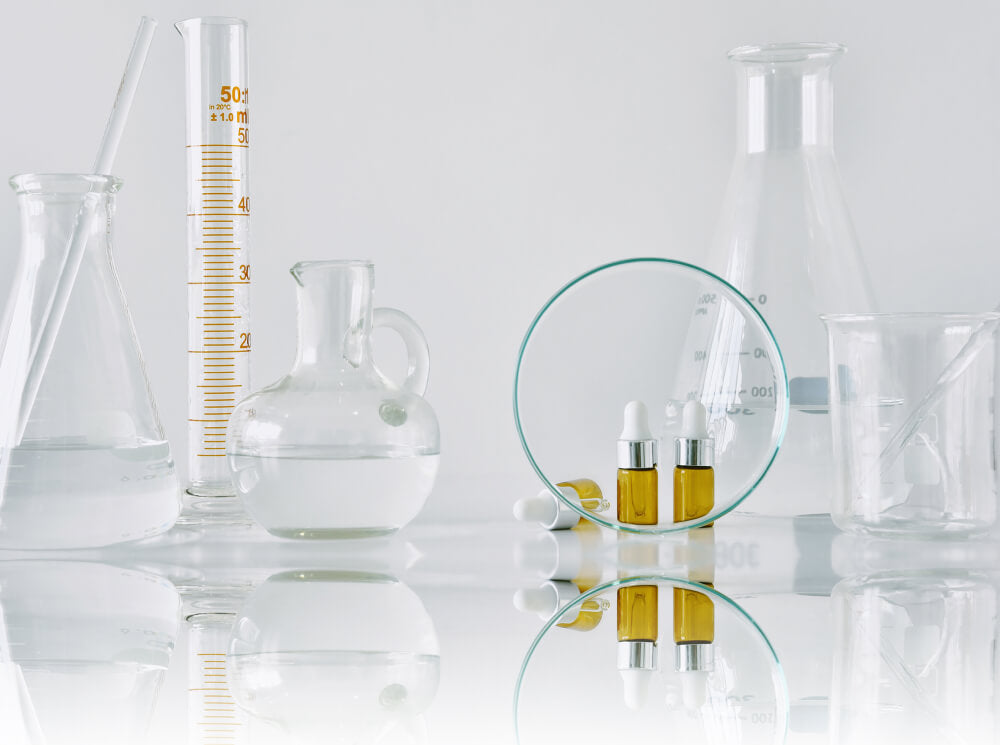
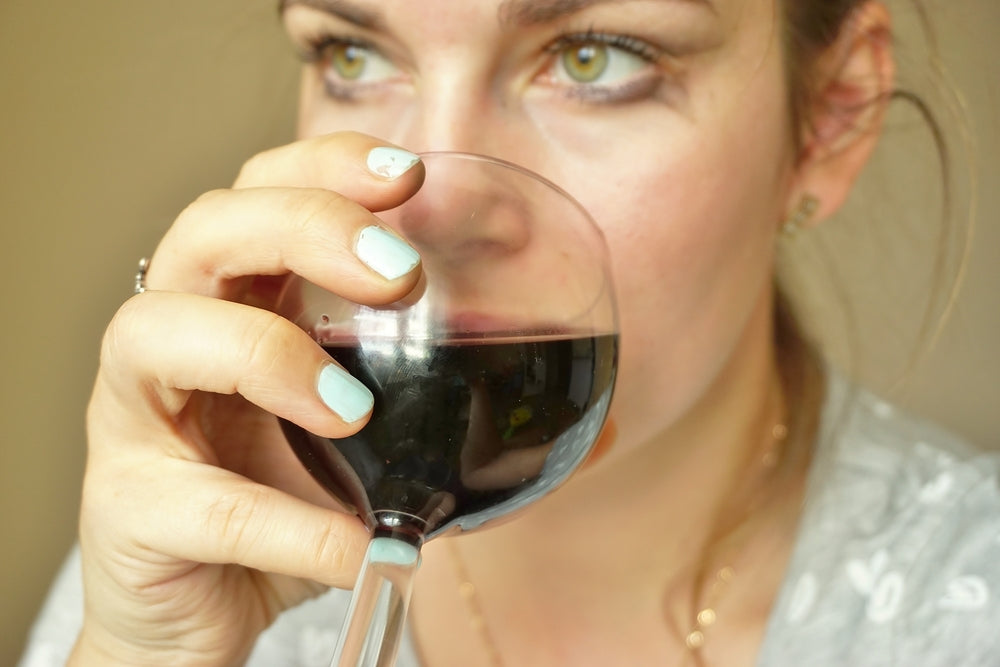
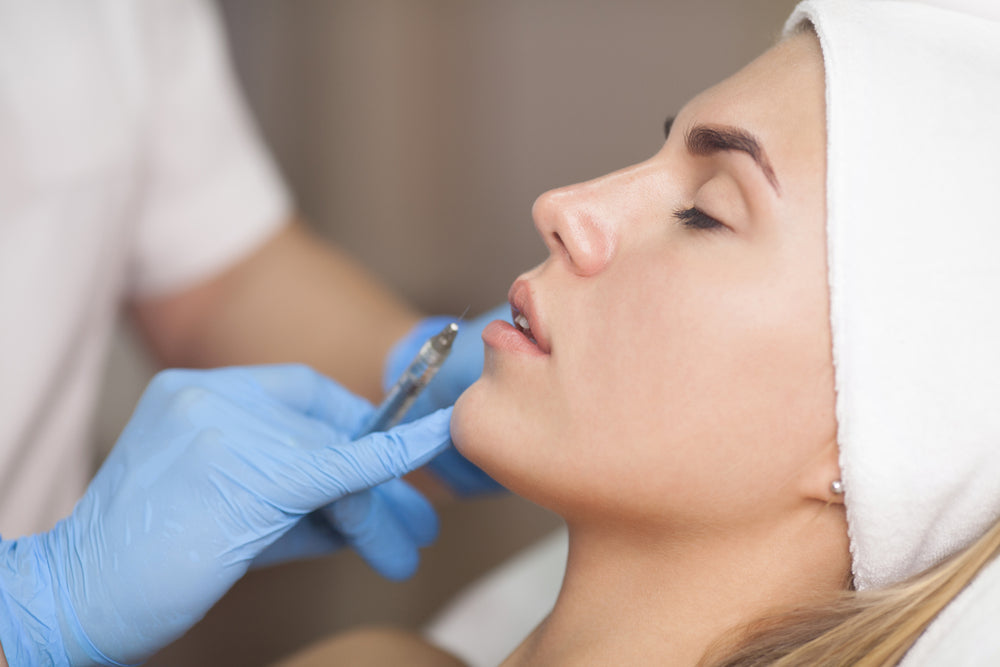
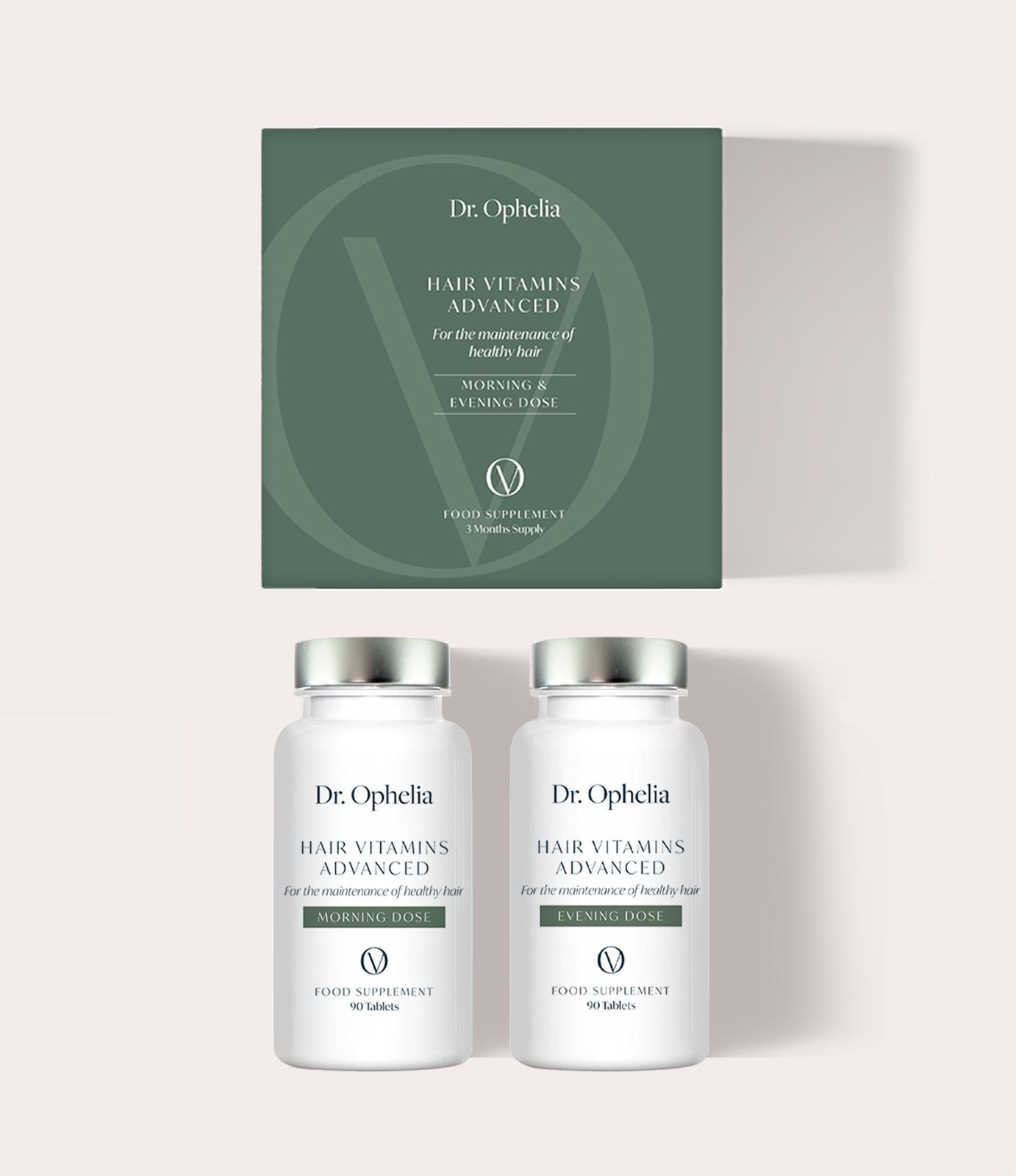
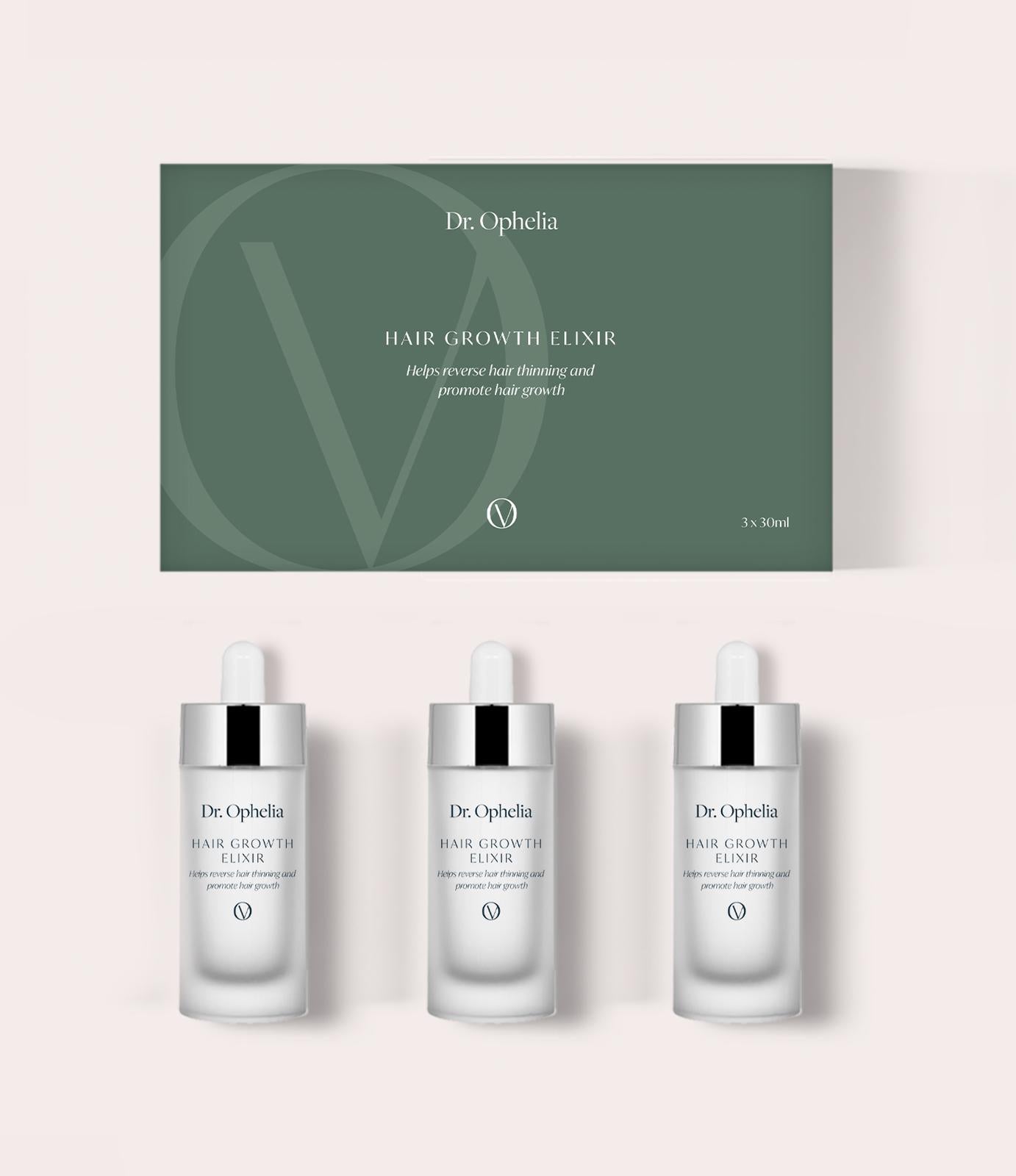
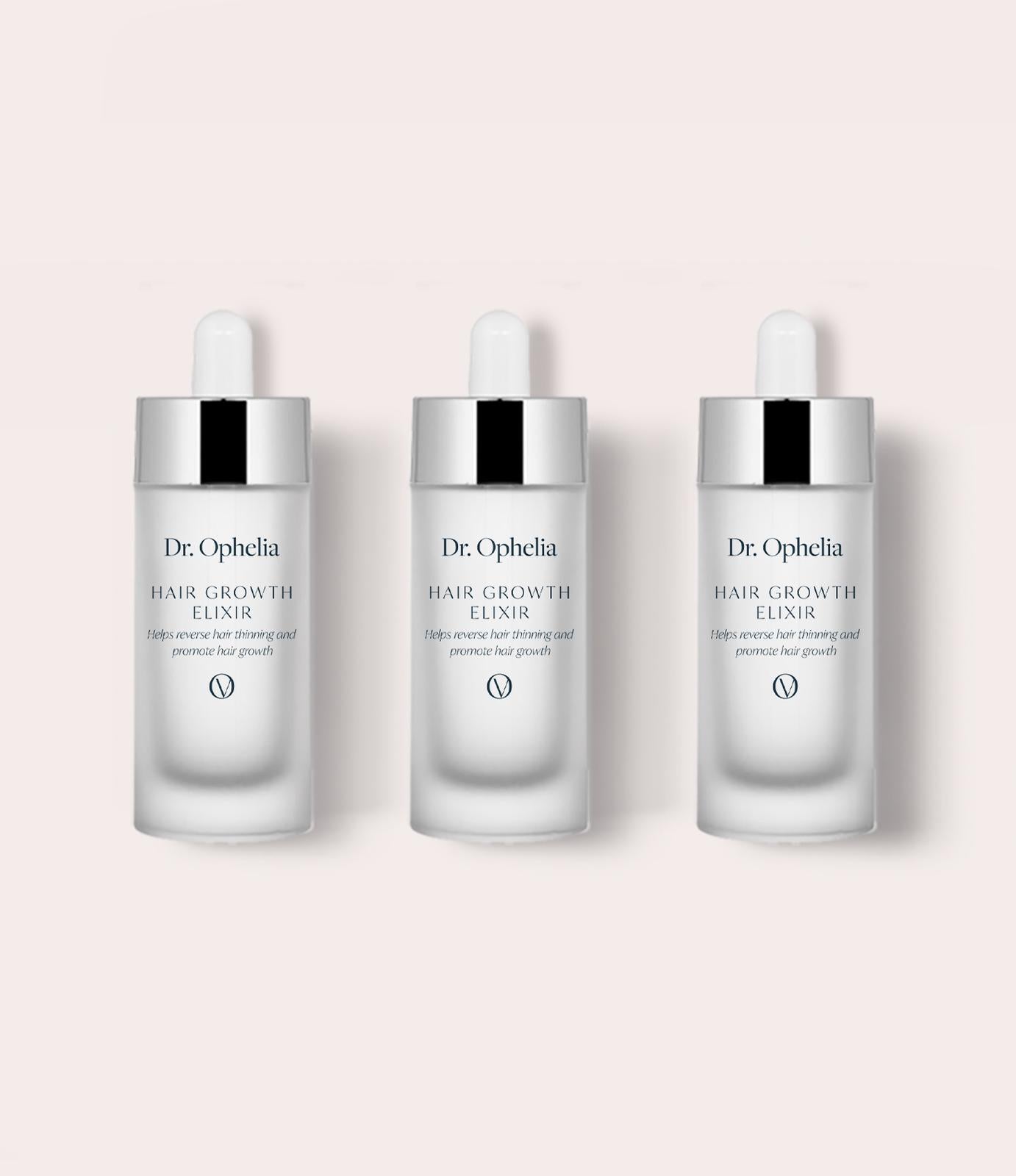
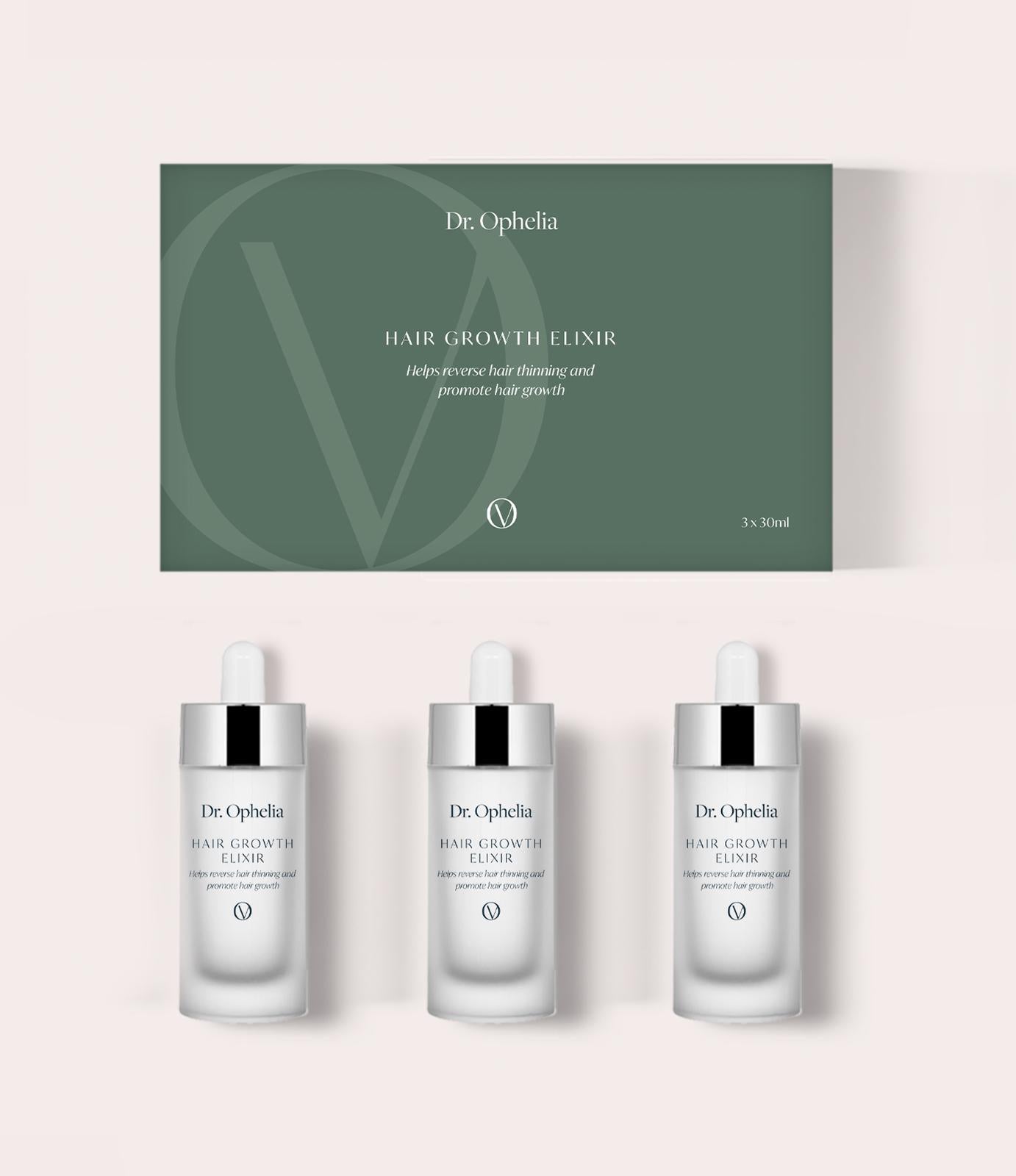
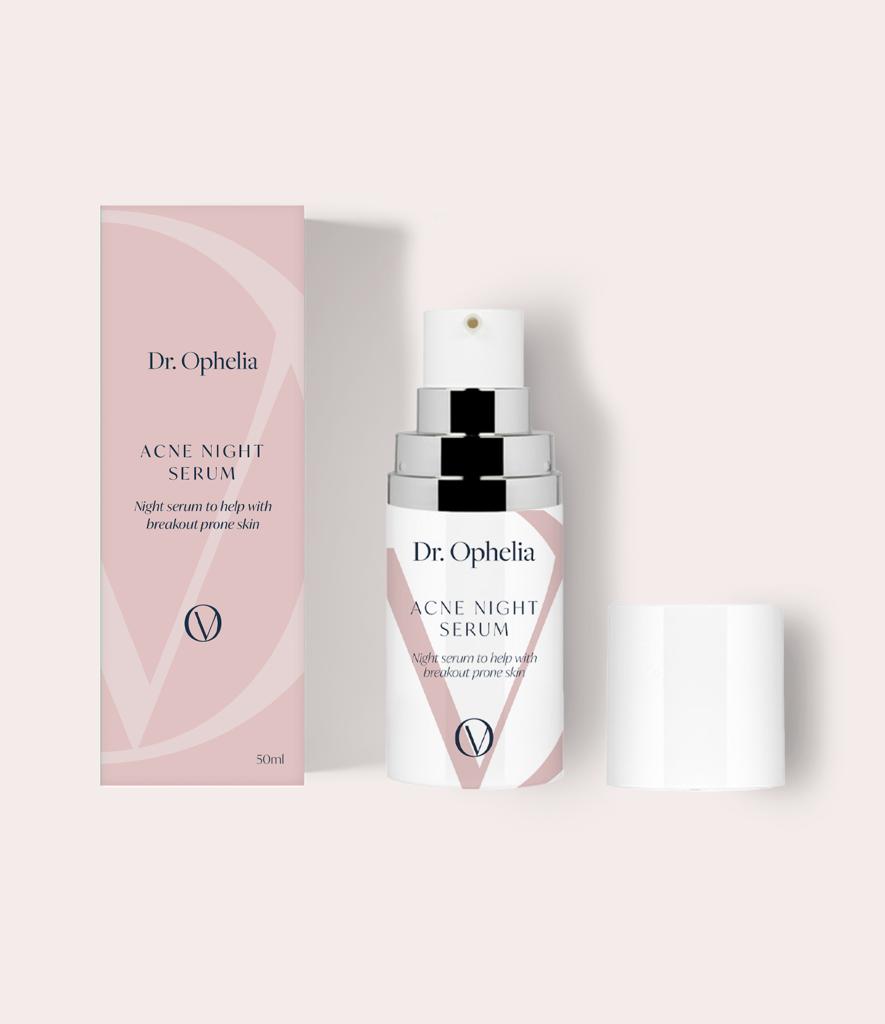
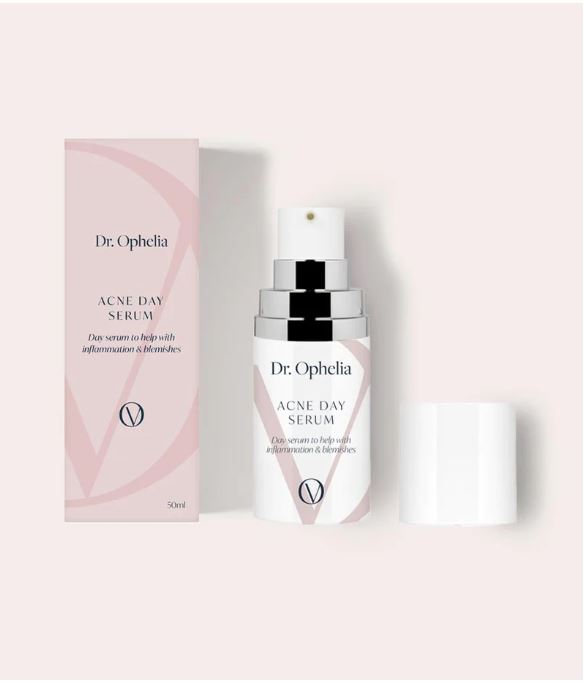
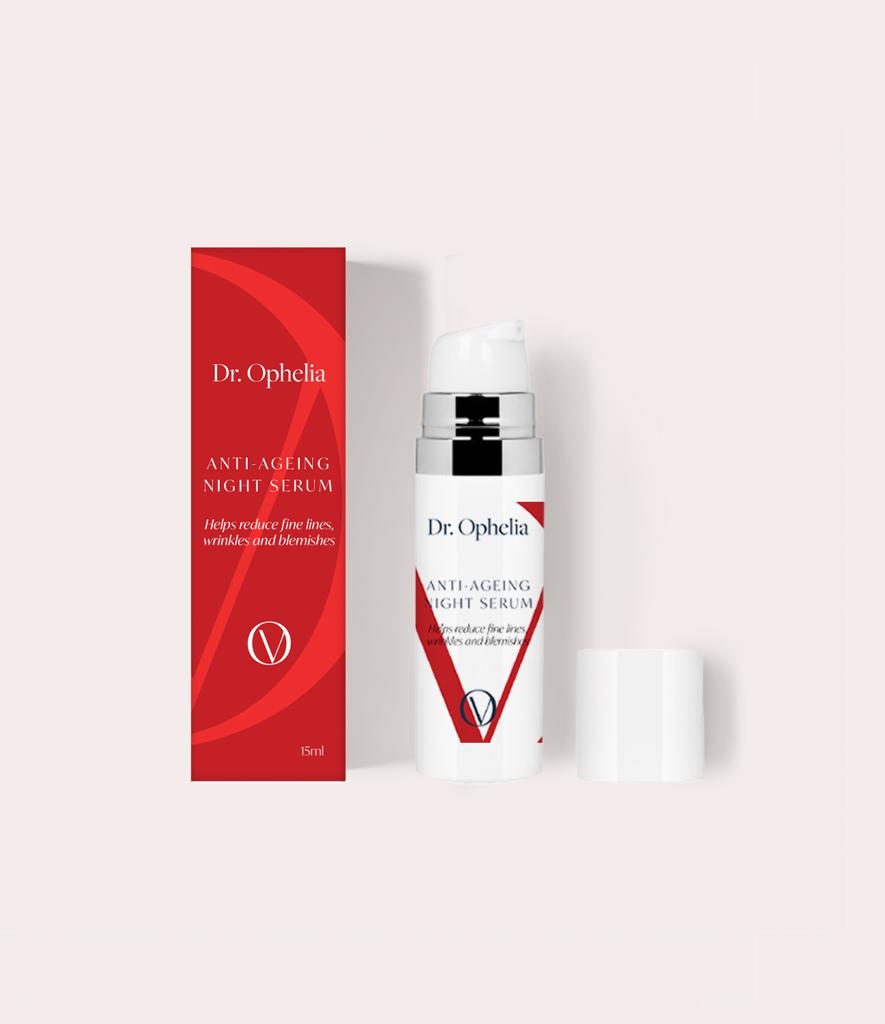
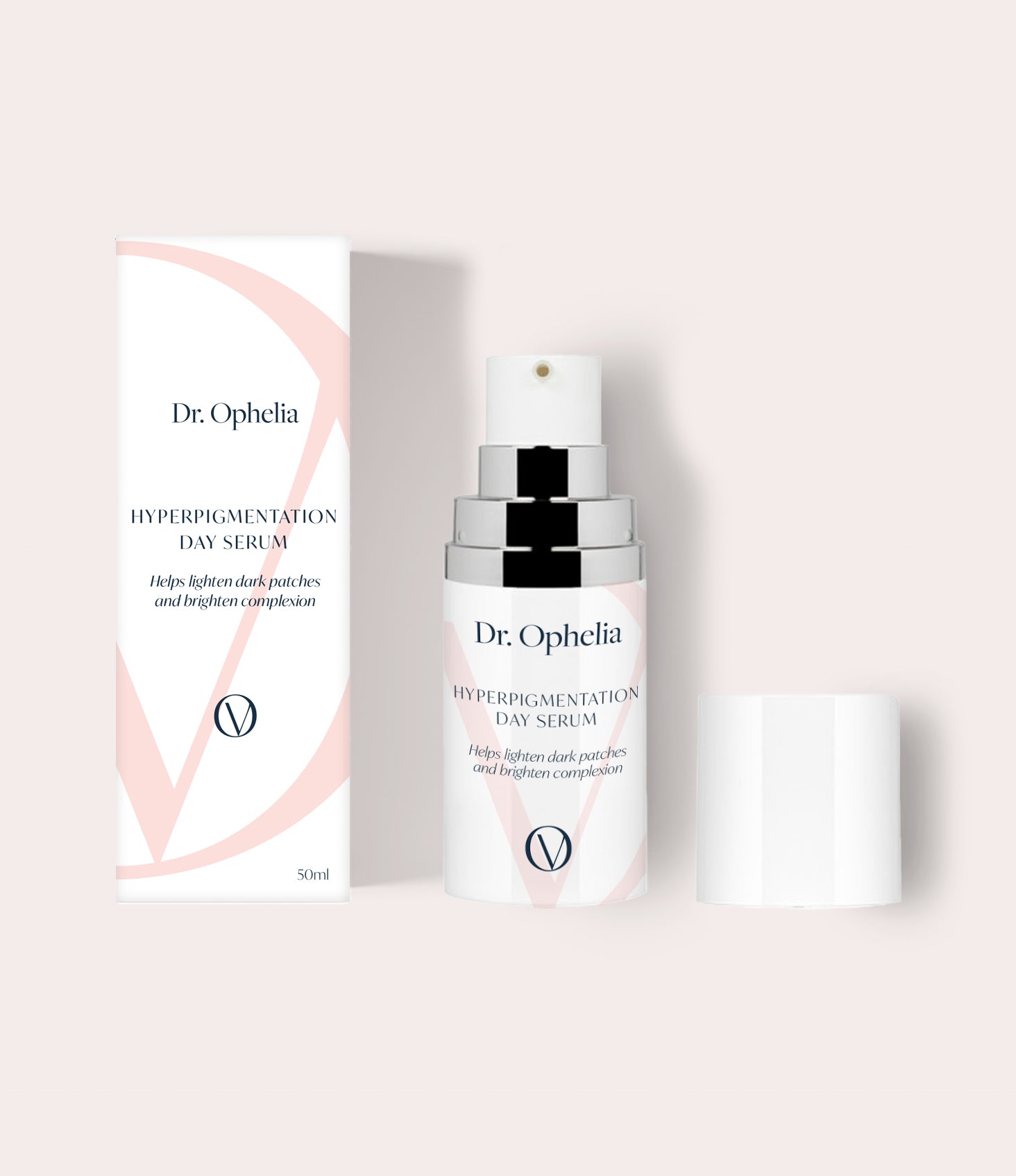
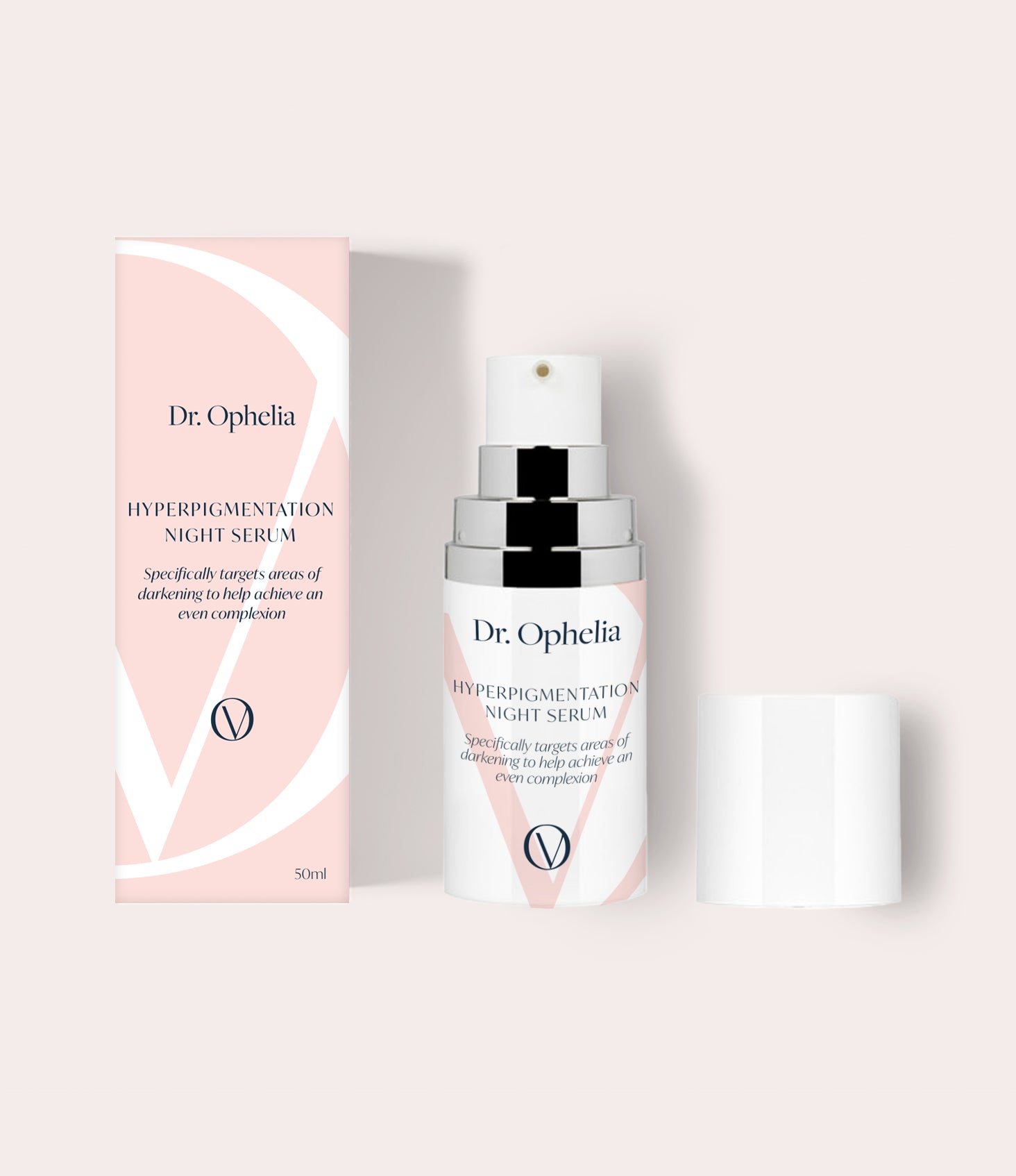
Leave a comment
This site is protected by hCaptcha and the hCaptcha Privacy Policy and Terms of Service apply.